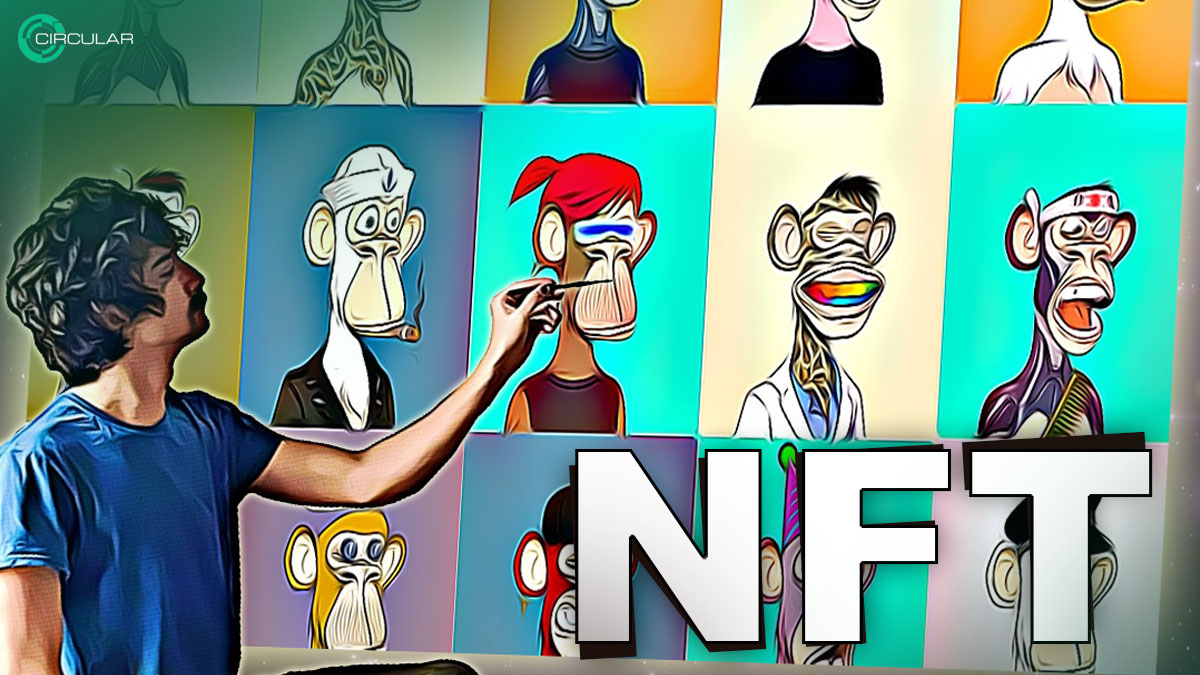Back To Blog
793 Total Views
Boston 7/29/2023
The true nature of NFTs simply explained

Join us on social networks
The True Nature of NFTs: Unraveling the Mysteries of Non-Fungible Tokens
The NFT market has witnessed remarkable growth in recent years, although there was a slight decline in 2023. Despite its popularity, many users still struggle to grasp the true essence of NFTs - what they really represent and what buyers acquire when purchasing or minting them. While the acronym NFT (Non-Fungible Token) is widely recognized, the technical details often remain elusive.A particular type of Token
Typically, on layer 1 blockchains, there exists a native token or coin used for transactions and as a digital currency among wallet users on that particular chain. Additionally, other tokens can be defined on the blockchain, functioning like coins except for their inability to pay transaction fees (paid in native token). Herein lies the essence of NFTs - they are unique tokens designed not for currency identification but to signify ownership of a specific asset.This concept implies the existence of a descriptor for each NFT, listing the total token supply and detailing the associated asset. The assets can be nearly anything, but digital images are among the most common examples. Moreover, assets may also include digital contracts linking the token to the physical ownership of a tangible object.
For an NFT, there exists a number of tokens (in case of multiple copies) linked to a descriptor of the digital asset, which contains relevant information and possibly a link to the image or relevant document.
When you buy an NFT
When an individual purchases an NFT, one of the tokens associated with the asset is transferred to their wallet, along with the descriptor. The process of "minting" an NFT signifies the creation of the token and its initial allocation to the wallet of the first owner. In modern blockchains, all NFT operations are managed by Smart Contracts (a software), which act as independent parties executing transactions. These Smart Contracts have the ability to facilitate more complex operations, including the automatic allocation of royalties to the artist with each subsequent sale of the NFT.
Asset Descriptor, Minting and Sale of an NFT.
Historical Perspective
The concept of NFTs originated in 2012 when the Colored Coins project attempted to create unique assets on the Bitcoin blockchain. However, it was the introduction of Ethereum's ERC-721 standard in 2017 that paved the way for the NFT revolution. The famous CryptoKitties game showcased the potential of NFTs, causing a surge in popularity and subsequent developments in the NFT space.NFTs on Circular
On Circular, users have the flexibility to mint and manage NFTs both with and without the need for a smart contract. The platform caters to various use cases, and for the majority of standard NFT functions, native implementations are available on layer 1. This approach streamlines operations and enhances efficiency by bypassing the execution of smart contracts, unless more sophisticated functionalities are required.Circular offers a range of standard NFT functionalities such as minting, swapping, and buying, which are readily available on the layer 1 blockchain. These native implementations enable swift and seamless execution, particularly for common use cases. Users can quickly mint new NFTs or perform transactions without the overhead of smart contract processing.
For more complex and specialized functionalities, Circular also provides support for smart contracts. Smart contracts offer advanced capabilities, allowing users to create custom rules, automate complex operations, and implement unique features for their NFTs. Smart contracts act as independent parties executing specific tasks, enhancing the versatility of the platform.
Gianluca De Novi is a co-founder of Circular Protocol, a faculty at the Harvard Medical School, Harvard Extension School and is Director of the Medical Device and Simulation at the Massachusetts General Brigham. He holds a Ph.D. in
Robotics and Control systems from the University of Bologna (Italy) and is an expert in High Performance Computing.
This article is for general information purposes and is not intended to be and should not be taken as legal or investment advice. The views, thoughts and opinions expressed here are the author's alone and do not necessarily reflect or represent the views and opinions of Circular Protocol.
#blockchain #web3 #DeFi #crypto #NFT #GameFi #coin #decentralization
Circular Protocol Blog-chain
OTHER READINGS
Advancing Blockchain Generations: A Journey of Innovation and Sustainability
Learn More

MediSim VR and Circular together for Health 3.0: medical education and treatments step up thanks to Virtual Reality and Blockchain
Learn More
Circular on Youtube
INFLUENCERS WE RECOMMEND


















